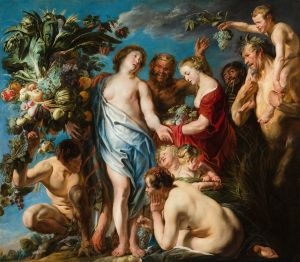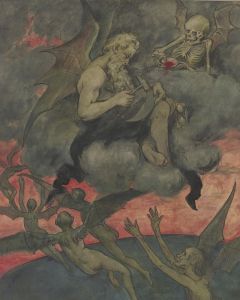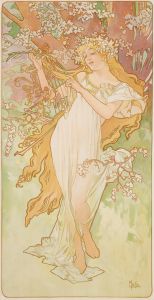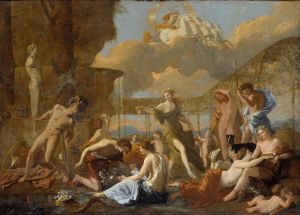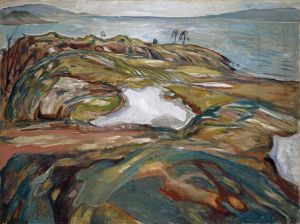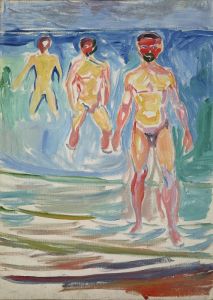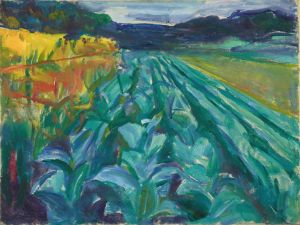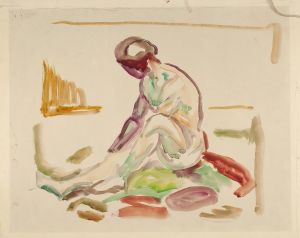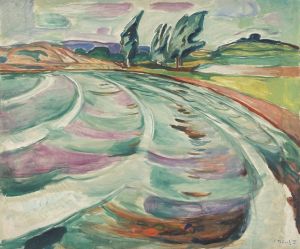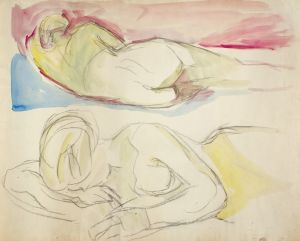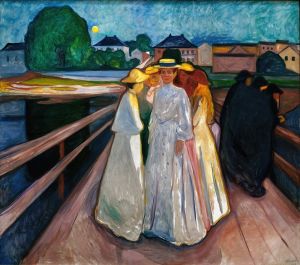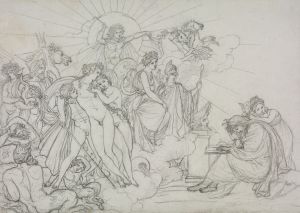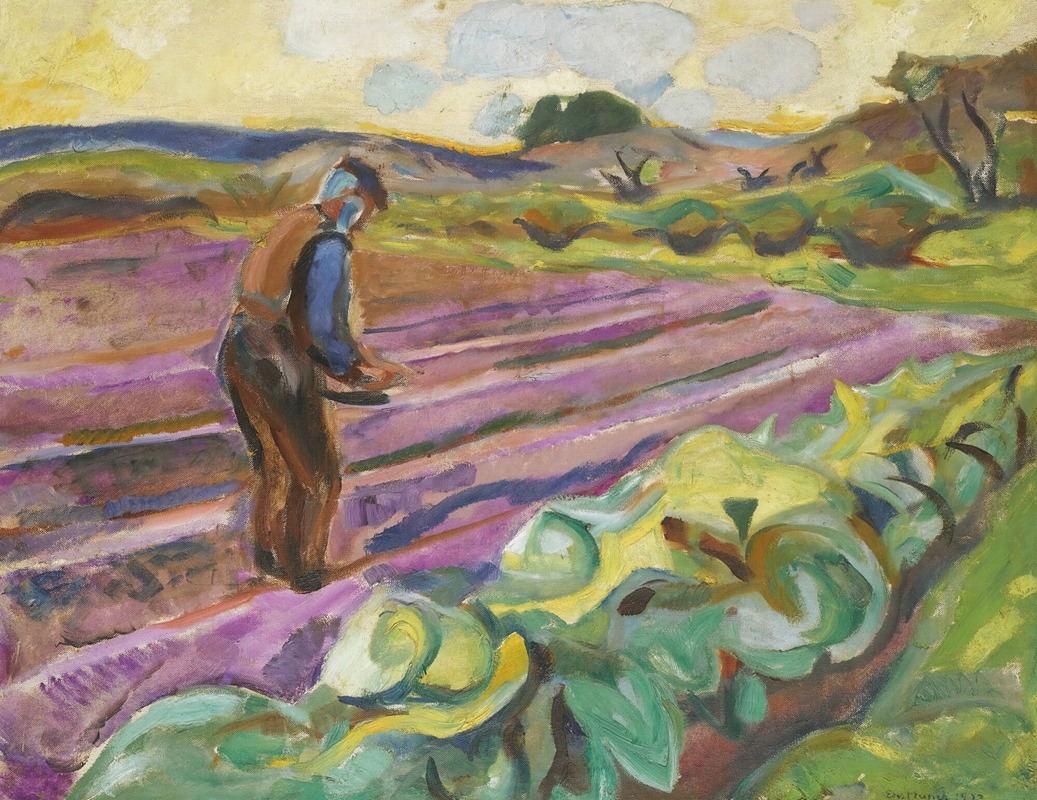
The Sower
A hand-painted replica of Edvard Munch’s masterpiece The Sower, meticulously crafted by professional artists to capture the true essence of the original. Each piece is created with museum-quality canvas and rare mineral pigments, carefully painted by experienced artists with delicate brushstrokes and rich, layered colors to perfectly recreate the texture of the original artwork. Unlike machine-printed reproductions, this hand-painted version brings the painting to life, infused with the artist’s emotions and skill in every stroke. Whether for personal collection or home decoration, it instantly elevates the artistic atmosphere of any space.
"The Sower" is a painting by the renowned Norwegian artist Edvard Munch, best known for his iconic work "The Scream." Munch, a pivotal figure in the Symbolist and Expressionist movements, created "The Sower" during a period when he was deeply exploring themes of life, death, and existential anxiety. While Munch's oeuvre is extensive, "The Sower" stands out as a significant piece that reflects his interest in the cycles of nature and human existence.
Edvard Munch was born on December 12, 1863, in Loten, Norway, and he grew up in Oslo. His early life was marked by illness and the death of his mother and sister, experiences that profoundly influenced his artistic vision. Munch's work often delves into themes of emotional turmoil, psychological conflict, and the human condition, which are evident in many of his paintings.
"The Sower" was painted in 1912, a time when Munch was increasingly focused on the symbolic representation of human experiences. This painting depicts a solitary figure sowing seeds in a field, a timeless image that resonates with themes of growth, renewal, and the passage of time. The figure of the sower is a common motif in art, often symbolizing the spread of ideas or the nurturing of life. In Munch's interpretation, the sower is set against a vibrant, expressive landscape, characterized by bold colors and dynamic brushstrokes, which are hallmarks of Munch's style.
The composition of "The Sower" is notable for its use of color and form to convey emotion and movement. Munch employs a vivid palette, with rich blues, greens, and yellows, to create a sense of vitality and energy. The swirling patterns and rhythmic lines in the painting suggest the cyclical nature of life and the interconnectedness of humanity and the natural world. This approach is consistent with Munch's broader artistic philosophy, which sought to capture the essence of human experiences through symbolic and emotional means.
Munch's work, including "The Sower," was influenced by various artistic movements and personal experiences. He was inspired by the Symbolist movement, which emphasized the use of symbolic imagery to express deeper truths, as well as by the burgeoning Expressionist movement, which prioritized emotional expression over realistic representation. Munch's unique style and thematic focus have left a lasting impact on modern art, influencing generations of artists who followed.
"The Sower" is part of Munch's larger body of work that explores the human condition and the natural world. It reflects his ongoing interest in the cycles of life and the existential questions that arise from them. Today, Munch's paintings, including "The Sower," are celebrated for their emotional depth and innovative use of color and form. They continue to be studied and admired for their ability to convey complex human emotions and universal themes.
Edvard Munch passed away on January 23, 1944, but his legacy endures through his art, which remains influential and relevant. "The Sower" is a testament to Munch's skill as a painter and his ability to capture the profound connections between humanity and nature.





